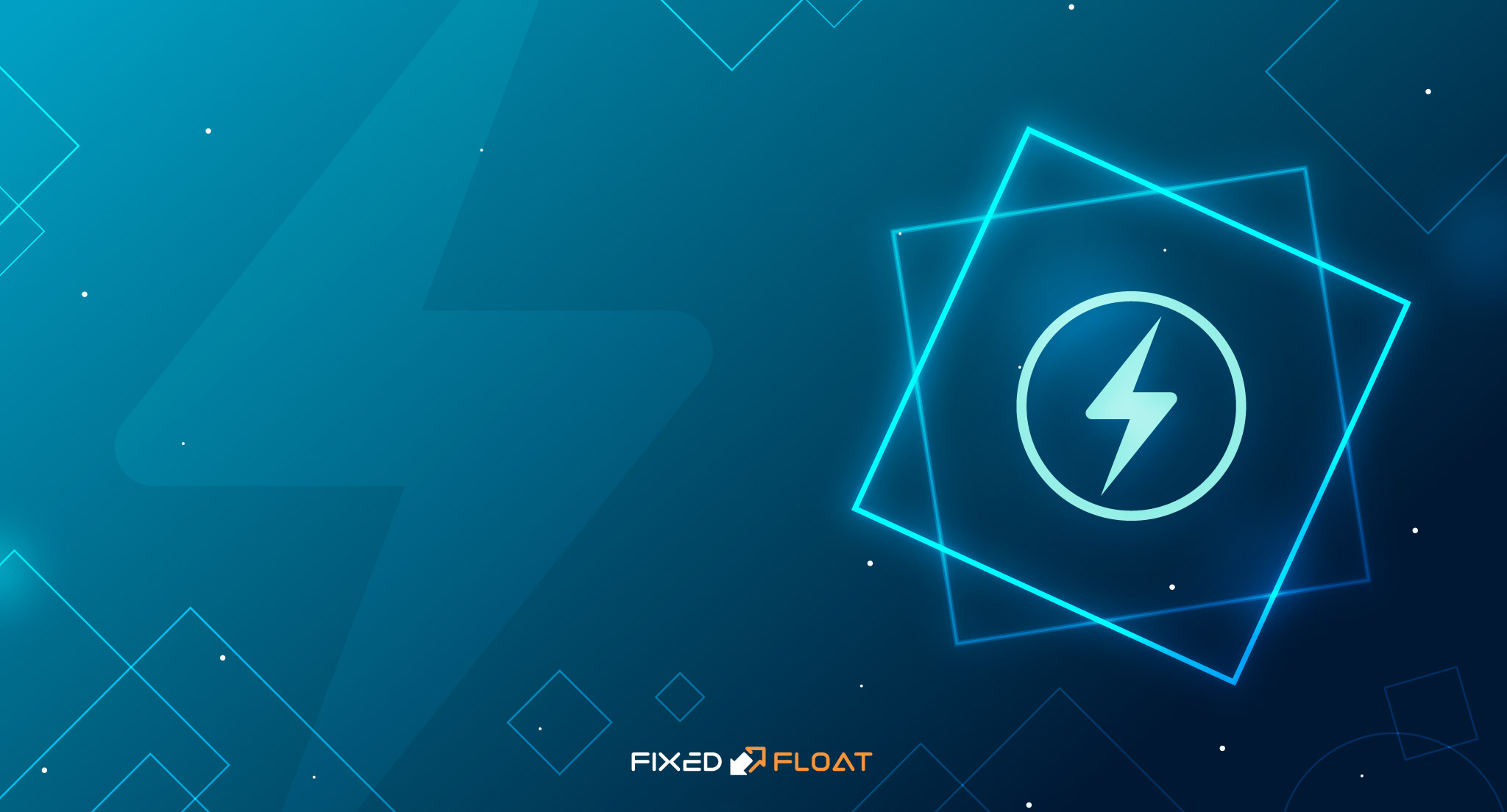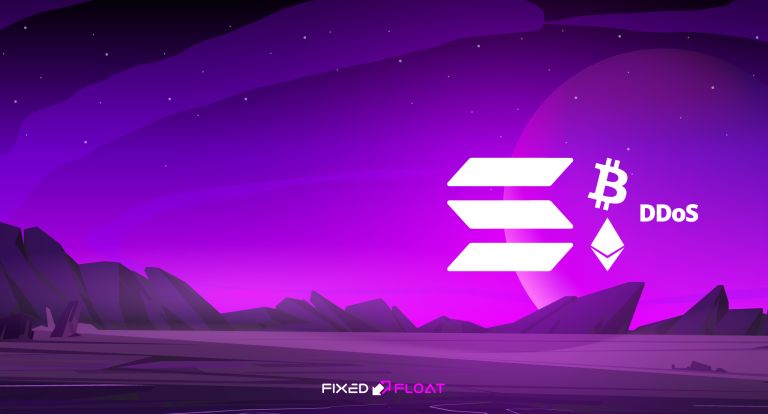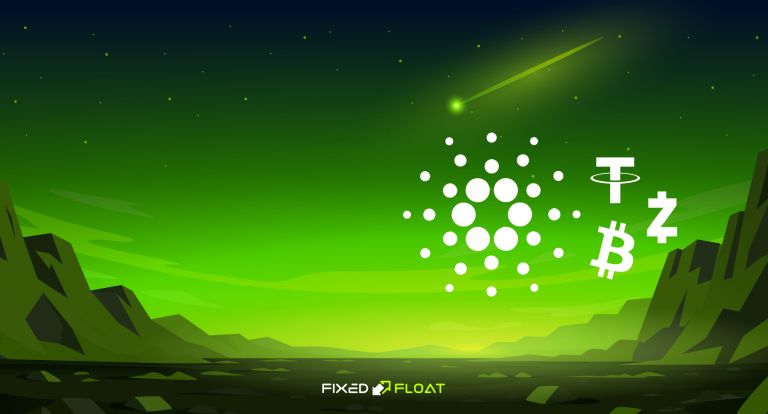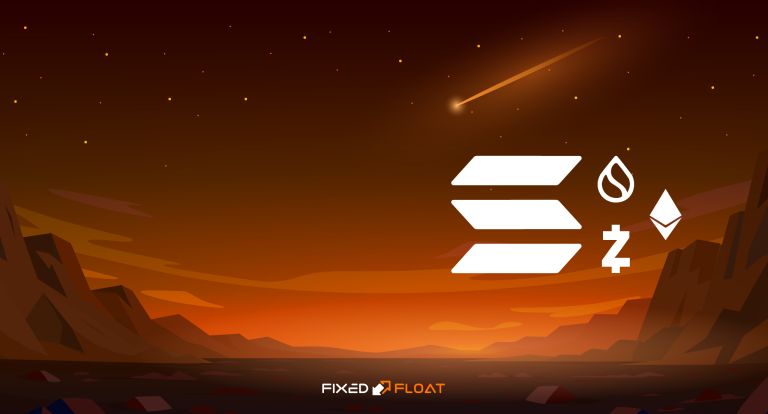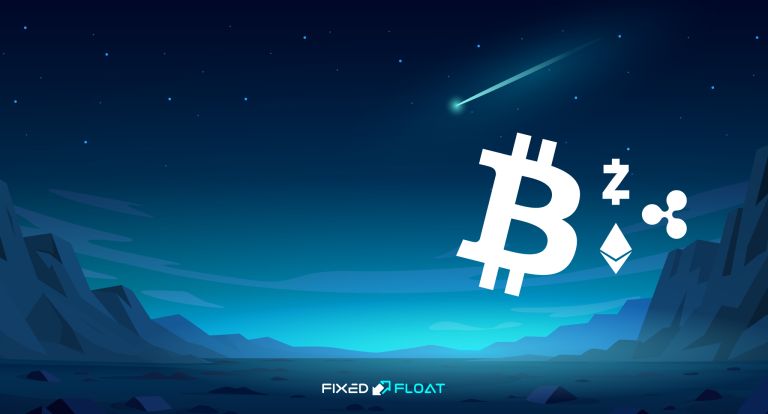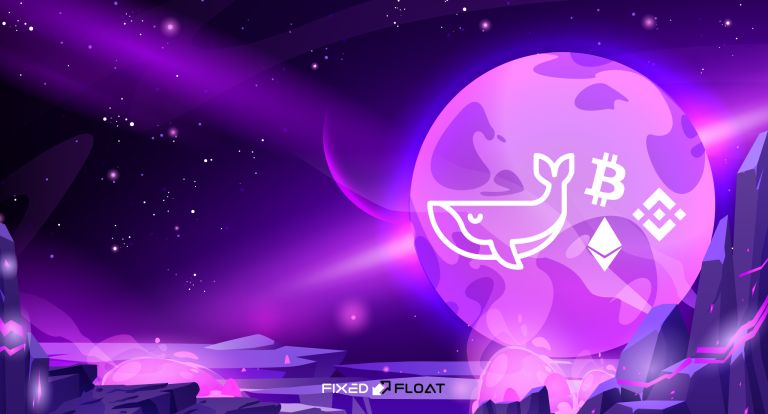A brief history of the Lightning Network
In recent years, the Bitcoin blockchain has become heavily loaded due to its great popularity. Because of this, the speed of transactions became slower, and the network fees increased. The BTC community has long been baffled by the scalability problem, and attempts to solve it began back in 2011.
In 2015 Thaddeus Dria and Joseph Poon proposed a solution called the Lightning Network. The idea was to carry out some of the transactions outside the network, thereby reducing the load on the BTC blockchain. In 2018, the Lightning Network was launched in Bitcoin.
The Lightning Network is a system that helps users move funds among themselves without having to use a blockchain to verify a transaction. Instead, there is a quick check of funds from the sender and a request from the recipient who agrees to the transaction. The Lightning Network has a number of differences from how the BTC blockchain works. You can read more about this in our article "What is the difference between regular blockchain and Lightning Network?".
How does the Lightning Network work?
Let's take a look at how the Lightning Network works with Alice and Bob.
Alice and Bob often pay with each other on the BTC network. But this is not very convenient, since the amounts sent are small, and the network commission is high. Such transactions turn out to be unprofitable. For convenience, they decided to use the Lightning Network.
Bob made the decision to create a payment channel. To do this, he created a special transaction — a smart contract, in which deposits are assigned to each party in the amount of $100. These deposits were sent to an address that they jointly manage using two private keys. As a result, Alice and Bob own the address where $ 200 worth of BTC is located.
When Alice needs to send $20 to Bob, a transaction is created in which they both agree that Alice will own the amount less than the deposit, and Bob — more. There is still $200 left on the address, but Alice now only has $80 and Bob has $120. Within their deposits, they can send an unlimited number of transactions to each other.
At some point, Bob decided to withdraw his share of the funds. He created one final transaction on the BTC blockchain, as a result of which Bob and Alice receive their deposit amounts, taking into account all intermediate payments.
Only two transactions enter the Bitcoin blockchain — opening a payment channel with the transfer of deposits and the final transaction. All payments within the channel are free and instant due to the lack of synchronization with the blockchain. When payment channels form a network, it becomes possible to conduct transactions between any of its participants.
The Lightning Network attracts more and more users, and its popularity is growing every day. Why did the crypto community like this network so much? You can find the answer to this question in our article "Why would you need the Lightning Network?".
How is an invoice paid on the Lightning Network?
The basic concept of the Lightning Network is that the recipient invoices the buyer and he pays it. An invoice usually contains the necessary information for a transaction between two parties:
- Account creation time
- ID of the node to which the payment is received
- Account validity period
- Account description
- Reserve Bitcoin address. If the recipient refuses to accept coins, they will be returned to this address
If the recipient has indicated the exact amount in the invoice, the buyer will pay the invoice for exactly this amount. If the recipient has not indicated the amount in the invoice, the buyer can send any number of coins. The validity period of the invoice is also set by the recipient — from 10 minutes to several days.
Lightning Network Features
- Very low commission. Any transaction on the Lightning Network will be much cheaper than a transaction on the Bitcoin network.
- The ability to send small amounts. Due to the low commission, transactions of several dollars can be carried out.
- High transaction speed. Since transactions on the Lightning Network do not end up on the blockchain, they are almost instantaneous.
- Scalability. Christian Decker, an engineer at Blockstream, claims that each channel on the Lightning network can handle up to 500 operations per second. And the more such channels, the higher the bandwidth.
Disadvantages of the Lightning Network
- The nodes should always be online. There is a possibility that if a node falls out of the chain, another user can close the payment channel, taking all the funds to himself. But at the same time, the network provides time for challenging transactions.
- If one of the intermediate nodes is off the network, the transaction can hang indefinitely.
- Previously, the amount of the payment could not exceed 0.04 BTC. With the latest v0.11 update, the Lightning Network can handle larger transactions and higher volumes. Transaction size is now limited only by the capacity of the channel between the sender and the recipient. Insufficient channel reserves make sending coins problematic.
- The Lightning Network does not fully solve the problem of transaction costs. Individual channels take their own commission for passing the invoice through them.
- To create a channel on the Lightning Network, a transaction is required on the Bitcoin network.
- If the user is working with their site, it is often difficult to send and receive funds. For correct operation, you need to study in detail the features of your wallet.
Choosing a wallet for the Lightning Network
| Wallet | Open sources | Custodial | Simplified use | Channels management |
 BlueWallet BlueWallet |
Yes | Yes | Yes | Yes |
 Zap Zap |
Yes | No | No | Yes |
 Eclair Eclair |
Yes | No | No | Yes |
 Breez Breez |
Yes | No | Yes | Yes |
 Wallet of satoshi Wallet of satoshi |
No | Yes | Yes | No |
 Phoenix Phoenix |
Yes | No | No | Yes |
Getting started with the Lightning Network?
In order to start using Bitcoin on the Lightning Network, you will need to create a payment channel with a Lightning Network Node. The fastest and most convenient way to do this is to use a Lightning Network and FixedFloat wallet to fund it. You can learn a step-by-step strategy for using the Lightning Network in our article "How to start using the Lightning Network?".
How do I open a channel with FixedFloat?
To open a channel, you need to go to the wallet and select "Open a new channel".
On the "Open a new channel" page, specify:
- our node
037f990e61acee8a7697966afd29dd88f3b1f8a7b14d625c4f8742bd952003a590@lnd.fixedfloat.com:9735
- deposit amount
If the wallet does not allow you to open the channel on your own, write to the technical support of your wallet so that they open the channel.
After creating a FixedFloat channel, you can exchange Lightning for any cryptocurrency with a minimum commission.
